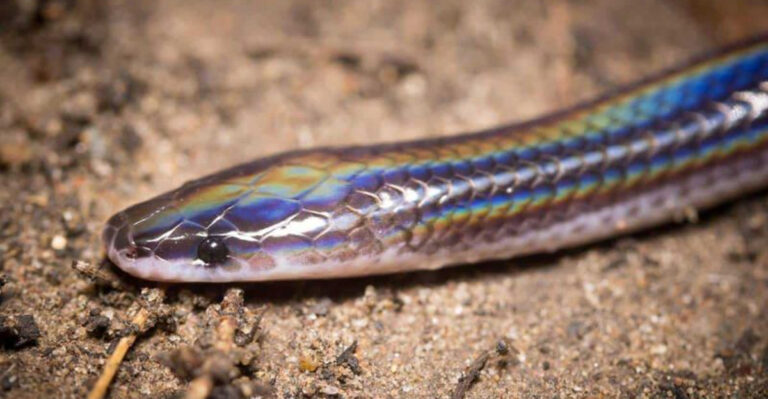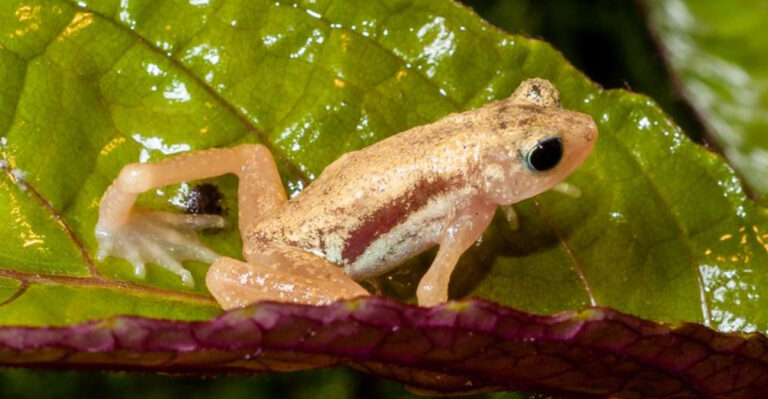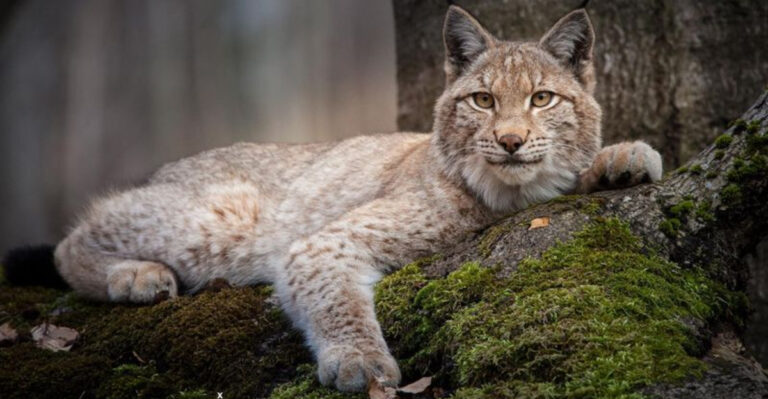15 Animals That Have An Unbelievable Sense Of Direction
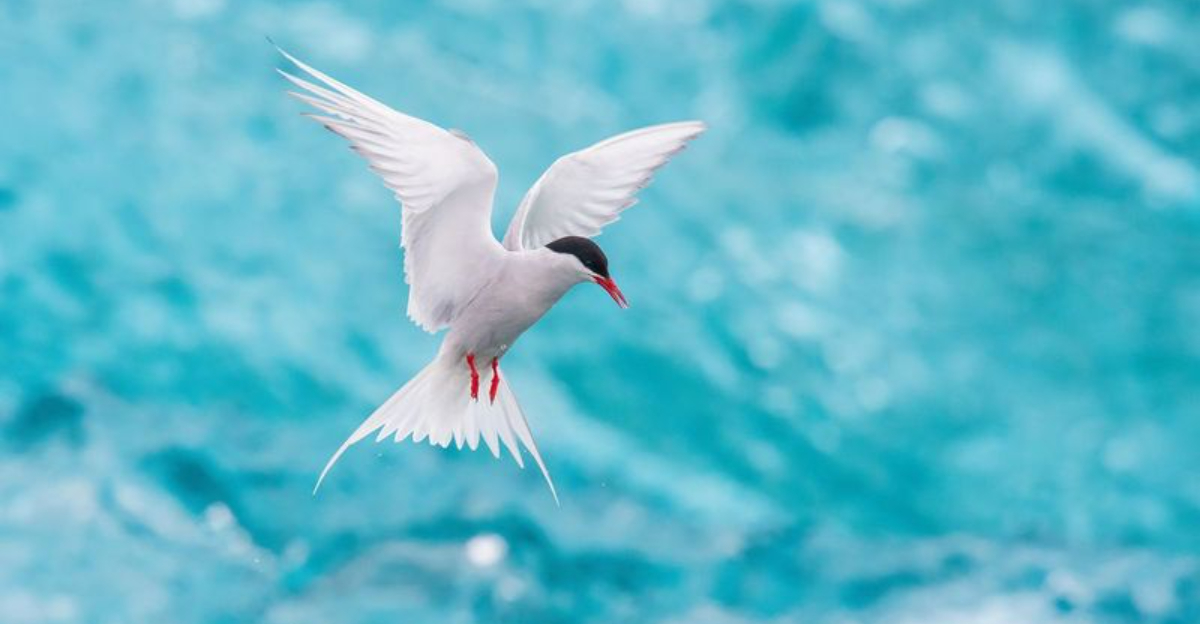
Ever wondered if animals have built-in GPS? Some do, and their sense of direction is more accurate than we’d imagine.
From birds that navigate across continents to sea creatures that journey through vast oceans, these animals possess an extraordinary knack for finding their way in the world. Let’s dive into the fascinating world of animal navigation!
1. Homing Pigeon
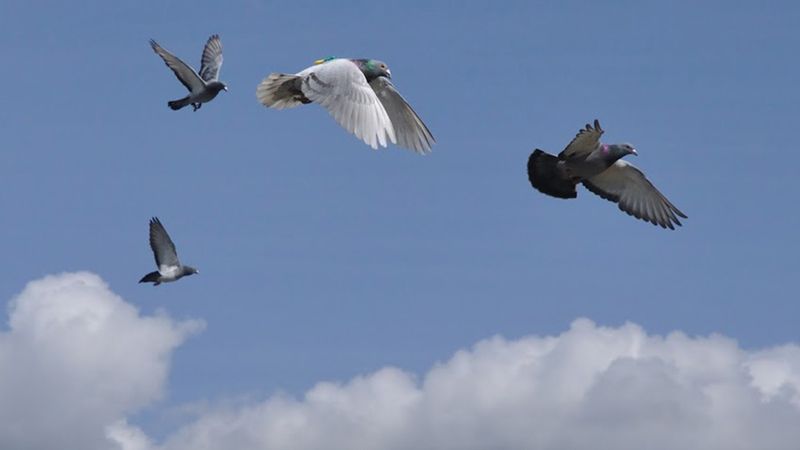
Famed for their ability to return home over long distances, homing pigeons are nature’s little navigators. They use Earth’s magnetic fields as a living compass, flying across vast terrains.
Their impressive skills are so trusted, they’ve even carried messages in wartime, proving their navigation prowess. This bird’s inner GPS never seems to fail.
2. Arctic Tern
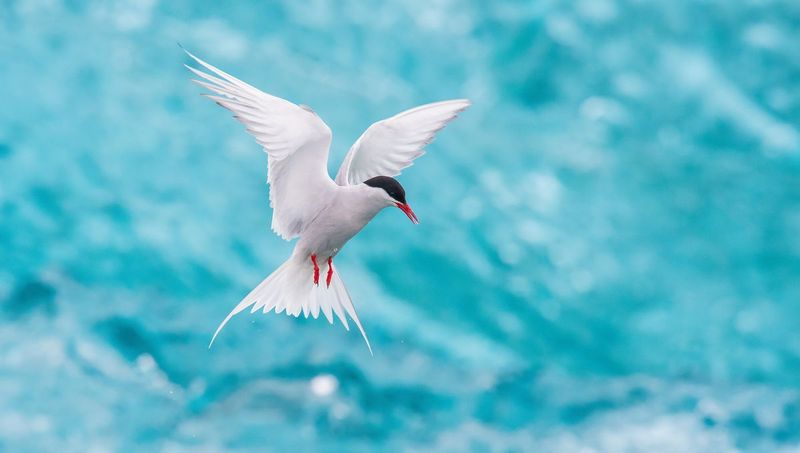
The Arctic Tern embarks on the longest migration of any bird, traveling from the Arctic to the Antarctic and back each year. Navigating by the sun and stars, it covers around 50,000 miles annually.
This incredible journey is driven by an innate sense of direction that guides it across hemispheres with unrivaled precision.
3. Monarch Butterfly
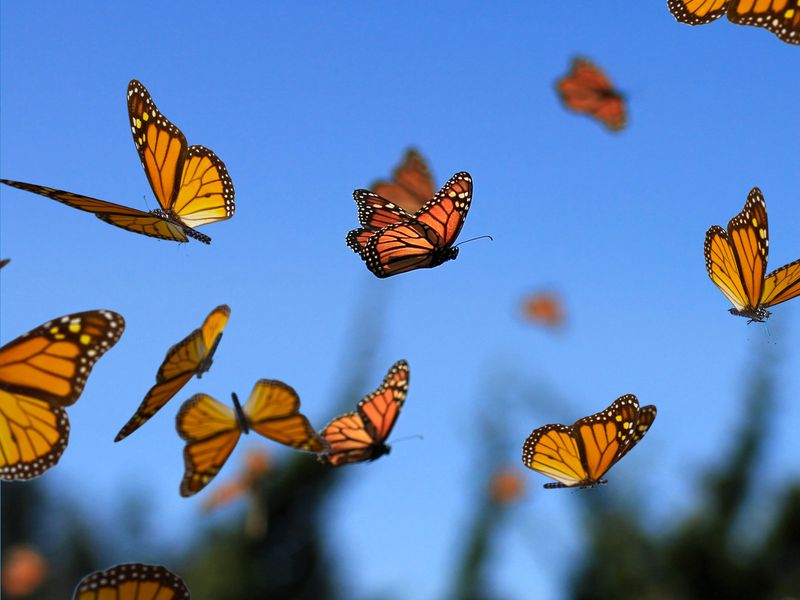
Tiny yet mighty, the Monarch Butterfly migrates thousands of miles to escape the winter chill. Guided by the sun’s position and internal circadian rhythms, these butterflies embark on a multi-generational journey.
Despite their delicate size, they navigate through wind and weather to reach their warm winter destination.
4. Loggerhead Sea Turtle
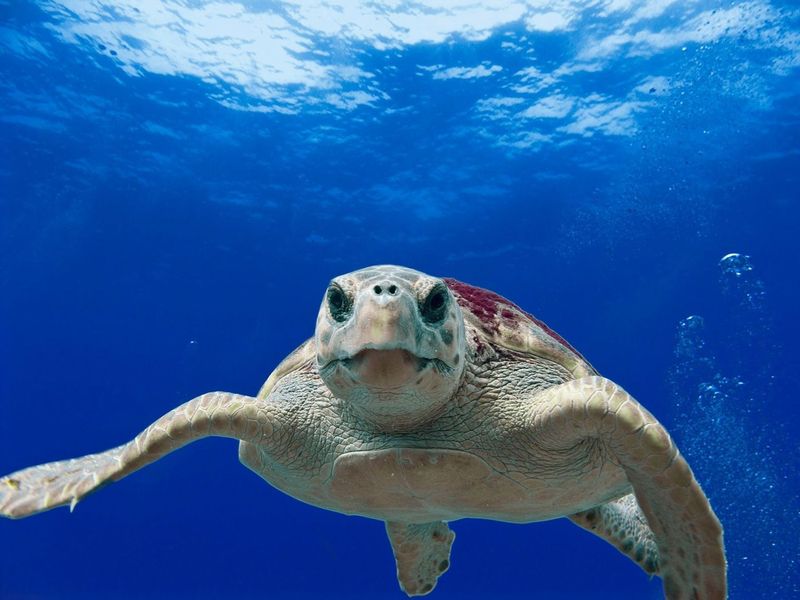
Born on sandy beaches, the Loggerhead Sea Turtle somehow returns to its birthplace decades later to lay eggs.
Using Earth’s magnetic fields to navigate, this impressive ocean traveler journeys thousands of miles. Facing numerous dangers, these turtles rely on their ancient instincts to guide them back home, continuing the cycle of life.
5. Saharan Silver Ant
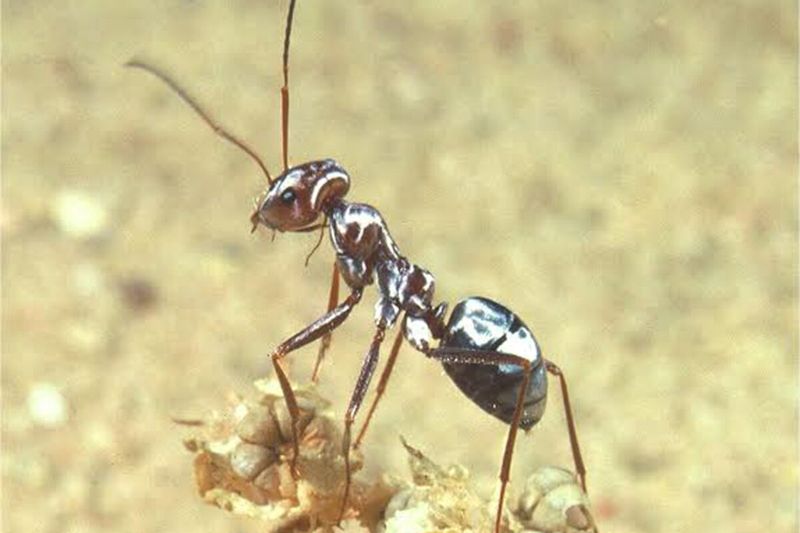
In the blistering heat of the Sahara, the Saharan Silver Ant scurries with remarkable precision. These ants are equipped with celestial compasses, using the sun’s position to navigate vast, featureless deserts.
Their shiny bodies help reflect heat, turning nature’s harsh landscape into a well-mapped journey home.
6. Salmon
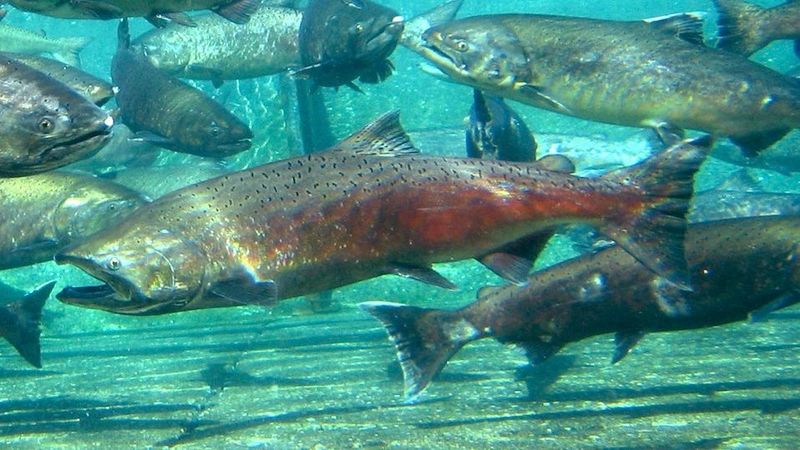
Salmon are nature’s marathon swimmers, returning from ocean to river to spawn. They rely on Earth’s magnetic field and their keen sense of smell to navigate.
This amazing journey upstream involves leaping over obstacles, showcasing their strength and determination. Each salmon’s life is a testament to incredible navigational instincts.
7. Wildebeest
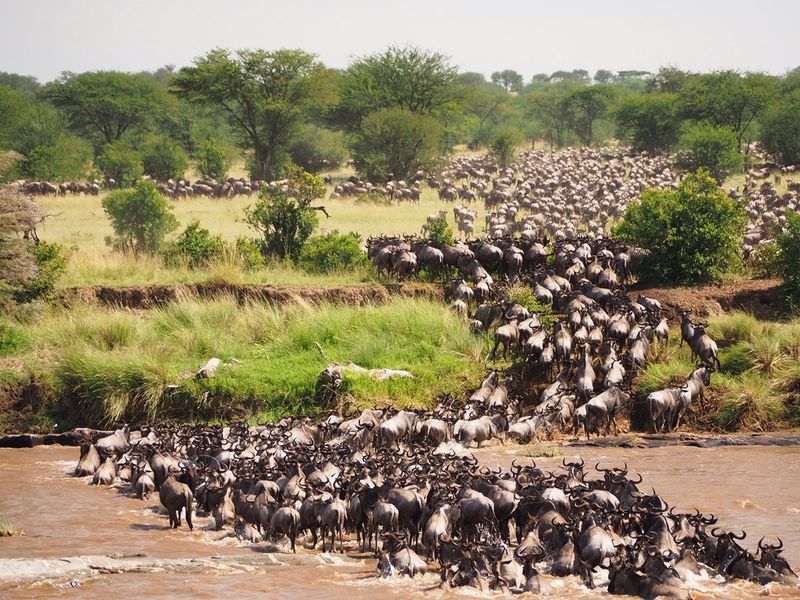
Wildebeests participate in one of the most dramatic migrations on Earth, crossing the African plains in search of fresh pastures.
Guided by the rains and a mysterious innate sense of direction, these animals travel in massive herds. This perilous journey highlights the wildebeest’s survival instinct and collaborative spirit.
8. Green Sea Turtle
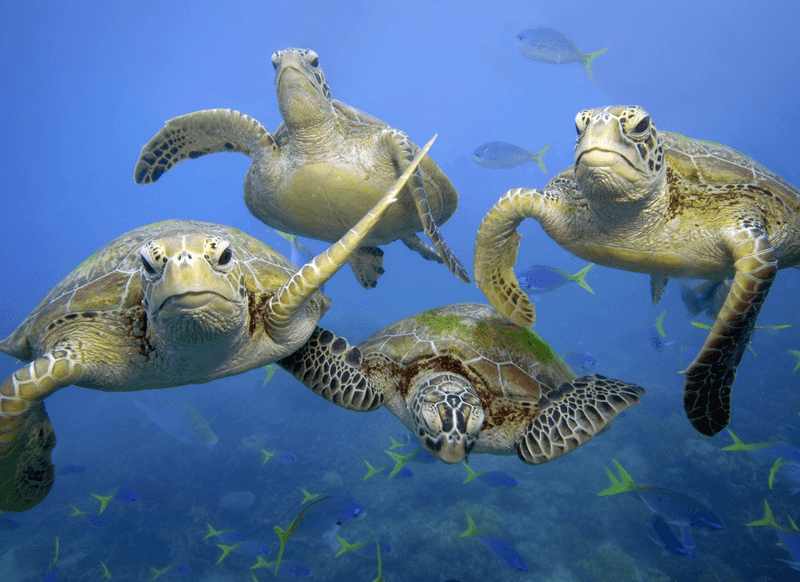
Green Sea Turtles are true ocean wanderers, traveling thousands of miles between feeding and nesting sites.
They possess a magnetic map in their brains, helping them locate distant shores. Their journeys are epic tales of endurance and precision, demonstrating their remarkable ability to navigate vast oceans.
9. Honeybee
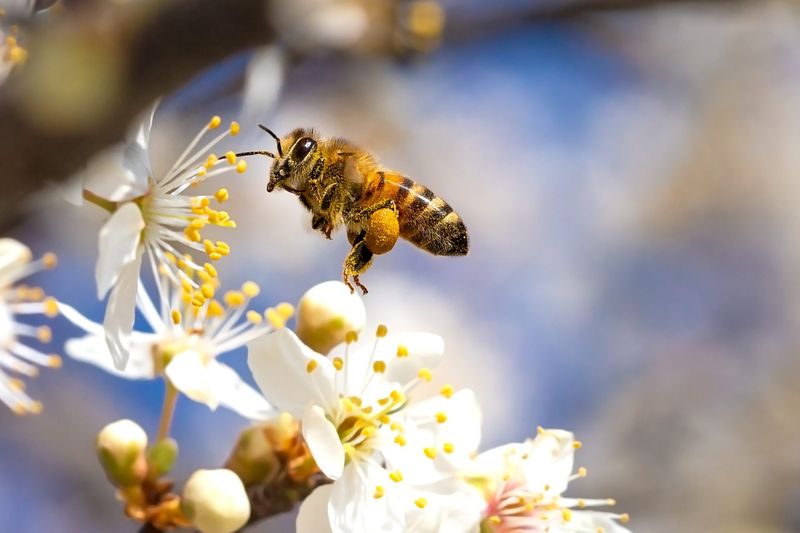
Honeybees are master navigators, using the sun as a compass and performing a ‘waggle dance’ to communicate directions.
These tiny pilots can cover miles to find nectar, ensuring the hive thrives. Their precise navigation and teamwork are crucial to their success, making them essential contributors to nature’s ecosystem.
10. Albatross
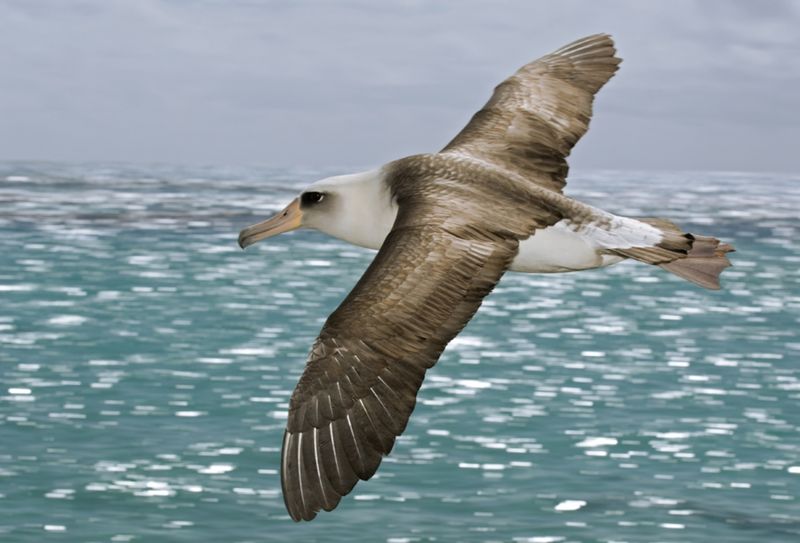
With wings that can span over 11 feet, the Albatross glides across oceans with unmatched grace. These birds use wind patterns and oceanic landmarks to navigate, covering thousands of miles without rest.
Their incredible journeys are a testament to their evolutionary adaptations, enabling them to sail the skies with ease.
11. Cat
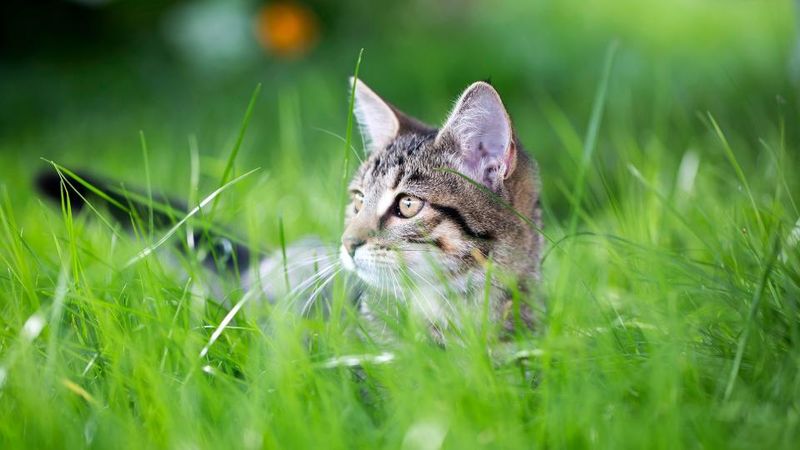
Ever noticed a cat’s uncanny ability to find its way home? Cats possess a homing instinct that can guide them across miles.
While the exact mechanism remains a mystery, it’s thought they use a combination of environmental cues and pheromones. Their mysterious journeys add to the aura of independence surrounding our feline friends.
12. Elephant
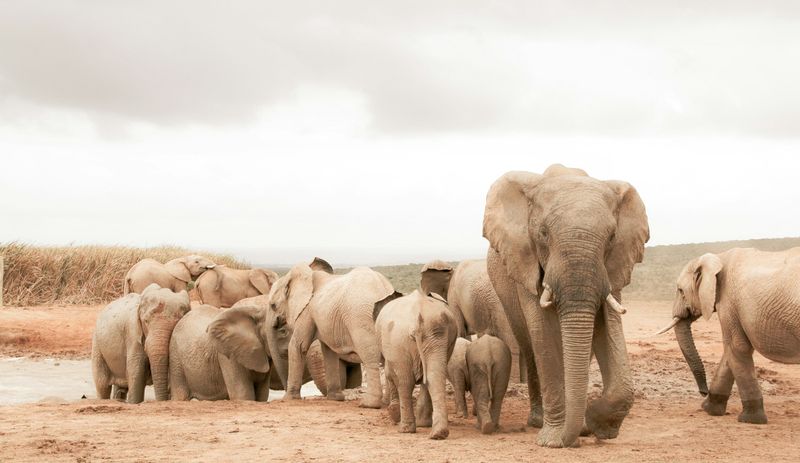
Elephants possess an incredible memory and sense of direction. They can navigate across vast landscapes, utilizing knowledge passed through generations.
Guided by social bonds and environmental landmarks, these gentle giants find water and food sources. Elephants’ navigational skills support their complex social structures and survival.
13. Spawning Coral
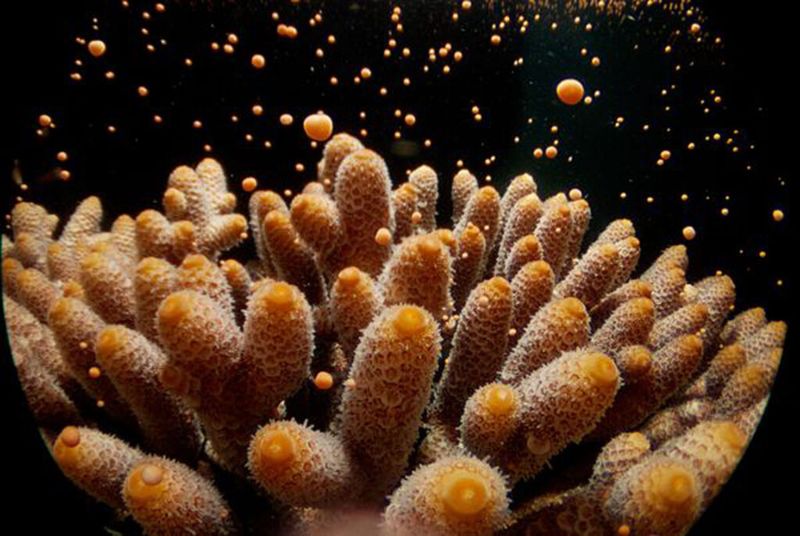
During spawning, corals release eggs and sperm simultaneously, ensuring species survival. Guided by moonlight and temperature changes, corals exhibit a synchronized sense of timing and place. Their ability to match environmental cues with reproductive needs is a marvel of oceanic navigation, essential for reef ecosystems.
14. Bar-Tailed Godwit
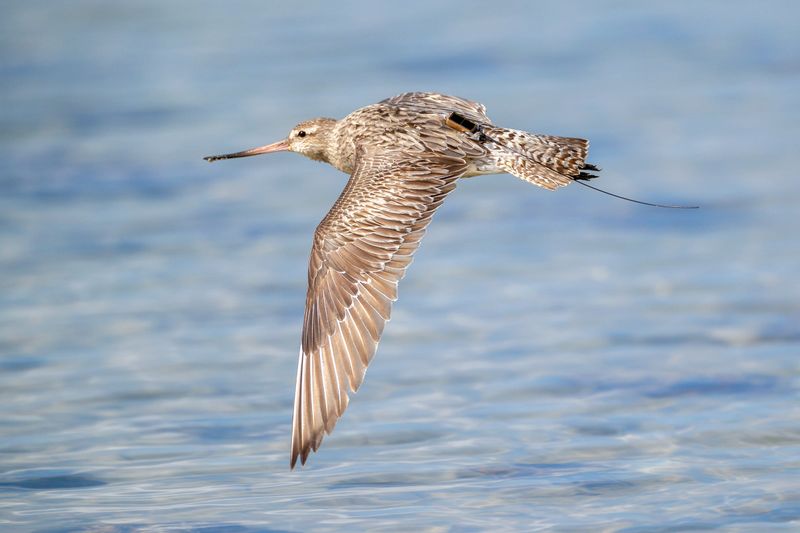
Imagine flying nonstop for days without food or rest! The Bar-Tailed Godwit does just that, migrating over 7,000 miles between Alaska and New Zealand.
Using celestial navigation and Earth’s magnetic fields, this bird’s endurance and accuracy are legendary, making its migration one of nature’s most astonishing feats.
15. Bumblebee
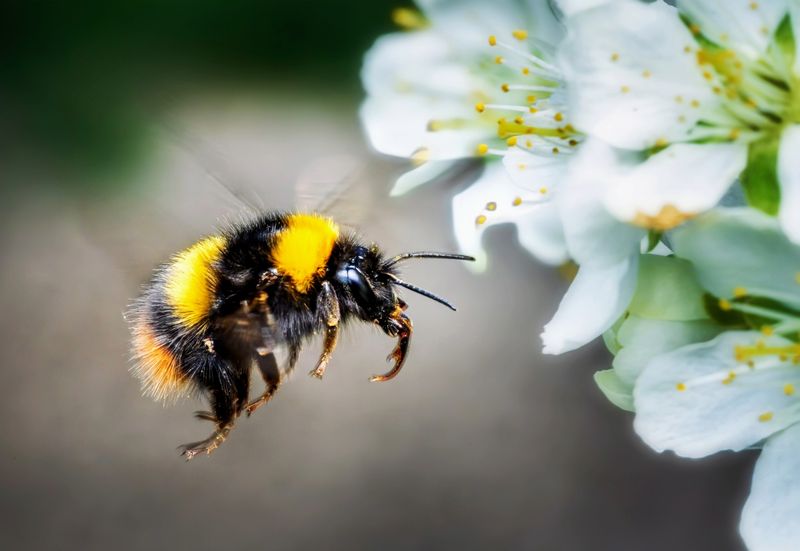
Bumblebees are tiny navigators, using a combination of the sun’s position, landmarks, and spatial memory to find their way.
Their foraging trips are well-planned, covering several miles to gather pollen and nectar. The bumblebee’s navigational skills are vital for pollination and biodiversity, showcasing nature’s intricate balance.

